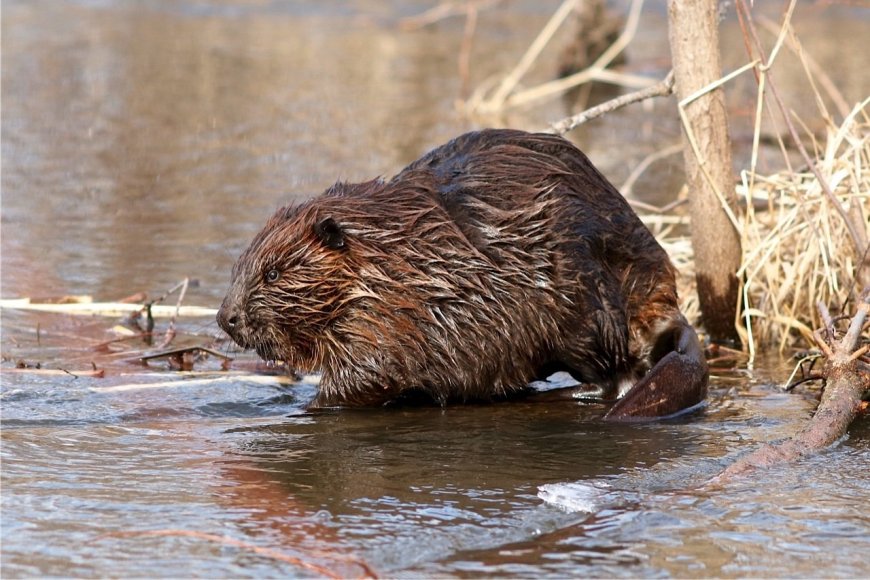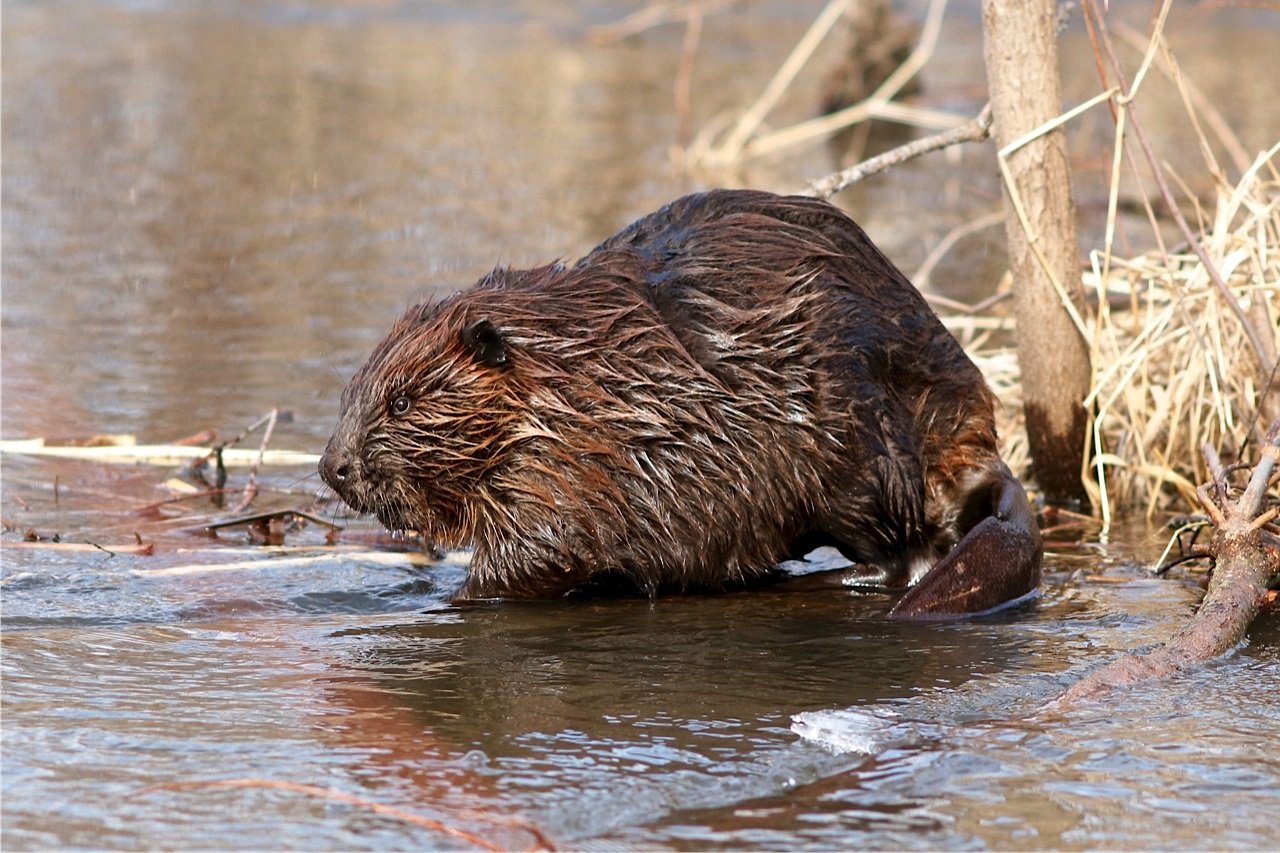375,000 Native Animals Killed by Federal Program in 2023
375000 Native Animals Killed by Federal Program in 2023 Center for Biological Diversity

U.S. Department of Agriculture’s Wildlife Services Report

Introduction
The U.S. Department of Agriculture’s Wildlife Services has released recent data on the killing of native animals in 2023. The program, which primarily benefits the agriculture industry in states like Texas, Colorado, and Idaho, targets wolves, coyotes, cougars, birds, and other wild animals. The purpose of this report is to provide an overview of the program’s activities and emphasize its impact on the Sustainable Development Goals (SDGs).
Key Findings
- The program intentionally killed 375,045 native animals in 2023.
- 305 gray wolves
- 68,562 coyotes
- 430 black bears
- 235 mountain lions
- 469 bobcats
- 2,122 red and gray foxes
- 24,603 beavers
- 658 river otters
- 428 turtles
- Several dogs and cats
- Federally protected golden eagle, wood ducks, great blue herons, and wild turkeys
- 156 deaths were unintentional.
Discussion
The number of native animals killed in 2023 was similar to the previous three years, indicating a consistent trend. However, there has been a significant decline compared to 2019 when approximately 1.3 million native animals were killed. This decline is evident in the intentional killing of species like the red-winged blackbird, with 14,314 killed in 2023 compared to 364,734 in 2019.
The indiscriminate nature of the program’s methods, such as leghold traps, snares, poisons, and other techniques, is highlighted by the unintentional killing of nontarget animals. These include river otters, turtles, dogs, cats, and federally protected species like the golden eagle and wood ducks.
Furthermore, the use of M-44 cyanide bombs raises concerns about the program’s impact on biodiversity and ecosystem health. While the Bureau of Land Management has recently banned the use of these devices on its managed land, the overall use of poison remains a significant issue.
Sustainable Development Goals (SDGs)
The activities of the Wildlife Services program have implications for several SDGs:
- SDG 15: Life on Land – The killing of native animals affects biodiversity and ecosystem health.
- SDG 12: Responsible Consumption and Production – The program’s focus on benefiting the agriculture industry raises questions about sustainable practices and the need for long-term solutions.
- SDG 14: Life Below Water – The unintentional killing of turtles and other aquatic species highlights the program’s impact on marine and freshwater ecosystems.
Conclusion
The U.S. Department of Agriculture’s Wildlife Services program’s killing of native animals raises concerns about animal welfare, biodiversity, and sustainable practices. The reported numbers may underestimate the actual scale of the program’s impact. It is crucial to prioritize long-term solutions that prevent conflicts and promote coexistence between wildlife and the agriculture industry. By addressing these issues, we can work towards achieving the Sustainable Development Goals and creating a more sustainable future.
SDGs, Targets, and Indicators in the Article
1. Which SDGs are addressed or connected to the issues highlighted in the article?
- SDG 15: Life on Land
The article highlights the issue of the U.S. Department of Agriculture’s Wildlife Services program killing native animals, including wolves, coyotes, cougars, birds, and other wild animals. This issue is directly connected to SDG 15, which focuses on protecting, restoring, and promoting sustainable use of terrestrial ecosystems, sustainably managing forests, combating desertification, halting and reversing land degradation, and biodiversity loss.
2. What specific targets under those SDGs can be identified based on the article’s content?
- Target 15.5: Take urgent and significant action to reduce the degradation of natural habitats, halt the loss of biodiversity, and protect and prevent the extinction of threatened species.
- Target 15.9: By 2020, integrate ecosystem and biodiversity values into national and local planning, development processes, poverty reduction strategies, and accounts.
The article highlights the intentional killing of native animals by the Wildlife Services program. This directly relates to Target 15.5, which aims to reduce the degradation of natural habitats and prevent the extinction of threatened species. Additionally, the article mentions the need for long-term solutions and coexistence measures to prevent conflicts between wildlife and agriculture. This aligns with Target 15.9, which calls for integrating ecosystem and biodiversity values into planning and development processes.
3. Are there any indicators mentioned or implied in the article that can be used to measure progress towards the identified targets?
- Number of native animals intentionally killed by the Wildlife Services program
- Number of unintentional killings of non-target animals by the Wildlife Services program
- Number of animals poisoned using M-44 cyanide bombs
The article provides specific numbers of native animals intentionally killed by the Wildlife Services program, such as gray wolves, coyotes, black bears, mountain lions, bobcats, red and gray foxes, and beavers. These numbers can serve as indicators to measure progress towards Target 15.5, as a decrease in the number of animals killed would indicate a reduction in habitat degradation and the prevention of species extinction. The article also mentions unintentional killings of non-target animals, including river otters, turtles, dogs, and cats, as well as the use of M-44 cyanide bombs to poison animals. These indicators can be used to assess progress towards Target 15.5 and the need for more sustainable practices in wildlife management.
SDGs, Targets, and Indicators Table
| SDGs | Targets | Indicators |
|---|---|---|
| SDG 15: Life on Land | Target 15.5: Take urgent and significant action to reduce the degradation of natural habitats, halt the loss of biodiversity, and protect and prevent the extinction of threatened species. | – Number of native animals intentionally killed by the Wildlife Services program – Number of unintentional killings of non-target animals by the Wildlife Services program – Number of animals poisoned using M-44 cyanide bombs |
| SDG 15: Life on Land | Target 15.9: By 2020, integrate ecosystem and biodiversity values into national and local planning, development processes, poverty reduction strategies, and accounts. | N/A |
Behold! This splendid article springs forth from the wellspring of knowledge, shaped by a wondrous proprietary AI technology that delved into a vast ocean of data, illuminating the path towards the Sustainable Development Goals. Remember that all rights are reserved by SDG Investors LLC, empowering us to champion progress together.
Source: biologicaldiversity.org

Join us, as fellow seekers of change, on a transformative journey at https://sdgtalks.ai/welcome, where you can become a member and actively contribute to shaping a brighter future.







